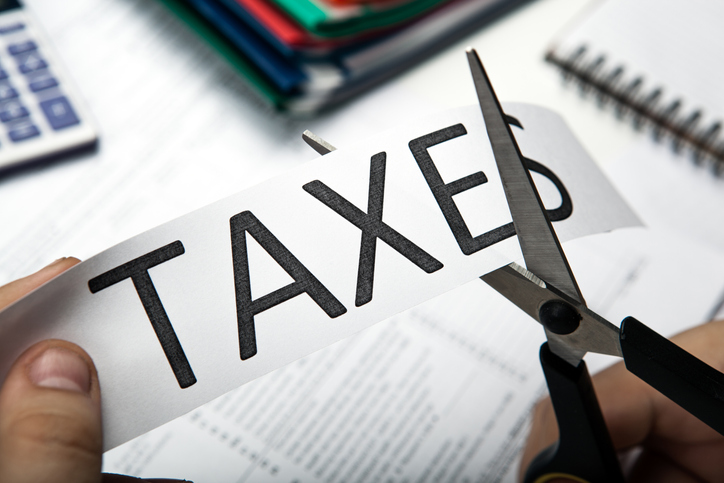Local governments and school districts believe the proposal would eliminate a stable and predictable revenue source
(The Center Square) – A plan before the Ohio House to move the state to a flat tax system supported by a central Ohio policy group has drawn opposition from county and city governments, as well as public school systems around the state.
In testimony before the House Ways and Means Committee, Greg Lawson, a research fellow at The Buckeye Institute, called the proposed idea to replace the state’s income tax with a 2.75% flat tax a strong effort to improve the state’s overall tax climate.
Lawson sad that, according to the Tax Foundation, the reduced rate, if passed, would be the lowest flat tax in the Midwest and the second lowest in the country.
“That alone marks a significant improvement and laudable accomplishment,” Lawson testified.
Local governments and school districts, though, believe the proposal – which also includes changes to the property tax structure – eliminate a stable and predictable revenue source.
“The property tax provisions of this bill undermine these principles by creating confusion on the part of property owners and needlessly causing revenue losses that impact local services, without any guarantee of long-term revenue replacement,” testified Glenn Miller, president of the Ohio County Commissioners Association. “Although some of these effects may be unintended by the sponsors, they are still damaging and should not be allowed to move forward.”
Miller said the counties’ main concern is with the planned elimination of the current rollback provision which gave counties nearly $200 million in tax money in 2022.
“Counties have a dual role in the property tax system as both administrators and providers of services supported by this revenue stream,” Miller said. “The services provided by county government are some of the most direct interactions many Ohioans have with any level of government, including public safety, administering elections, protecting Ohio’s children, building roads, and providing various social services.”
Lawson, though, believes steps need to be taken to remove the connection between income tax and property tax in the state in terms of the tax structure and suggest the state use its large budget surplus to make a one-time payment to governments, temporarily phase-out the local government subsidy or increase the local government fund for public safety and infrastructure.
“House Bill 1’s property tax reforms serve two important functions: they help pay for the flatter, reduced income tax; and they make local governments more accountable by making tax policy more transparent,” Lawson testified. “These subsidies have created perverse incentives that encourage local officials to overspend because nonresident taxpayer dollars help foot the bill – that is, taxpayers who cannot vote on local spending decisions. Removing these subsidies will better align local officials’ decision-making with the services and expenses their resident voters actually demand.”
The flat tax plan has also received supportive testimony from Americans for Tax Reform, Americans for Prosperity and the Ohio Manufactured Home Association.
Originally published by The Center Square. Republished with permission.
For more from Budget & Tax News.
For more public policy from The Heartland Institute.
